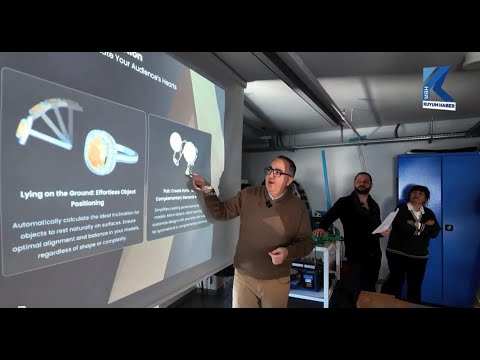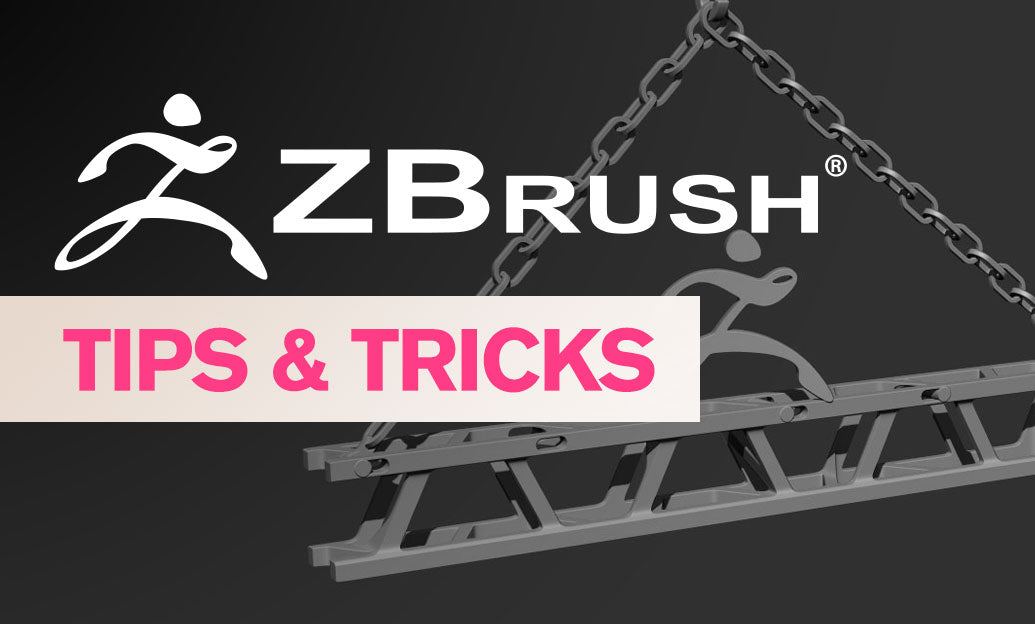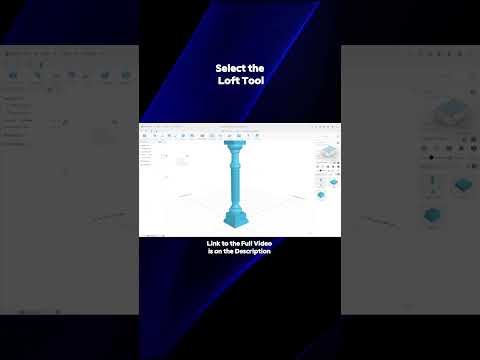Your Cart is Empty
Customer Testimonials
-
"Great customer service. The folks at Novedge were super helpful in navigating a somewhat complicated order including software upgrades and serial numbers in various stages of inactivity. They were friendly and helpful throughout the process.."
Ruben Ruckmark
"Quick & very helpful. We have been using Novedge for years and are very happy with their quick service when we need to make a purchase and excellent support resolving any issues."
Will Woodson
"Scott is the best. He reminds me about subscriptions dates, guides me in the correct direction for updates. He always responds promptly to me. He is literally the reason I continue to work with Novedge and will do so in the future."
Edward Mchugh
"Calvin Lok is “the man”. After my purchase of Sketchup 2021, he called me and provided step-by-step instructions to ease me through difficulties I was having with the setup of my new software."
Mike Borzage
V-Ray Tip: Creating Immersive Panoramic Renders with V-Ray: A Step-by-Step Guide
July 08, 2024 2 min read

Panoramic renders can provide an immersive view of an environment, ideal for showcasing architecture, interior designs, or landscapes. V-Ray, with its robust rendering capabilities, makes creating these wide-angle images straightforward. Here's how to achieve impressive panoramic renders using V-Ray:
- Choose the Right Camera Type: In V-Ray, use the VRayPhysicalCamera, and set the type to 'Spherical' or 'Cylindrical' for a panoramic effect. This mimics a 360-degree camera and is essential for capturing the entire scene.
- Set the Correct FOV: Adjust the Field of View (FOV) to 360 degrees for spherical panoramas or 180 degrees for cylindrical ones to ensure you're capturing the full range.
- Aspect Ratio: Set your render's aspect ratio to 2:1 for spherical and 1:1 for cylindrical panoramas. This ensures proper image unwrapping without distortion.
- Resolution: Choose a high resolution for your render to capture as much detail as possible, as panoramas can be zoomed in and explored.
- Use V-Ray's Render Output: Ensure that the 'Override FOV' box is checked in the Render Output settings and match the FOV to that of the camera.
- Apply V-Ray Frame Buffer: Use the built-in V-Ray Frame Buffer (VFB) to apply color corrections and lens effects directly to the panoramic render without additional post-processing.
- Test Renders: Conduct test renders at a lower resolution to quickly preview the panorama and make any necessary adjustments to the camera position or scene before the final render.
- Post-Processing: If needed, use post-processing software to stitch multiple renders together for a seamless panorama or to touch up the final image.
- Export Options: Export the panorama in a format compatible with VR headsets or panoramic viewers, such as .jpg or .png, to ensure viewers can experience the render interactively.
- Optimize Render Settings: Adjust render settings like GI, Raytrace, and Antialiasing to find the right balance between quality and render time.
By following these steps, you'll be able to create stunning panoramic renders with V-Ray that are sure to impress clients and audiences alike. For more tips on using V-Ray, NOVEDGE has a wealth of resources and expert advice to help enhance your 3D rendering projects.
Embrace the full potential of V-Ray in your architectural visualization, and let your audience step into a 360-degree experience of your creative vision.
You can find all the V-Ray products on the NOVEDGE web site at this page.
Also in Design News

💎 Rhino Artisan Arrives in Turkey: Revolutionizing Jewelry Design
February 27, 2025 1 min read
Read More
ZBrush Tip: Mastering Curve Surface for Unique Textures in ZBrush
February 27, 2025 2 min read
Read MoreSubscribe
Sign up to get the latest on sales, new releases and more …



